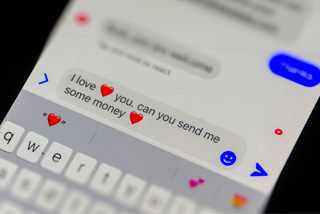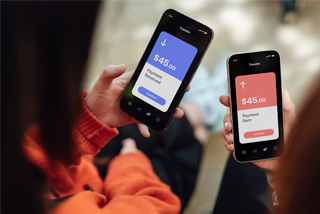
How to avoid falling for scams targeting digital payments

What to know about romance scams

Updated April 10, 2025 | 2 min. read
In this era of fast-moving technology and digital payments, it may be surprising that one of the biggest increases in financial fraud in recent months is coming from an old-fashioned scheme: check fraud.
Though check fraud certainly isn’t a new phenomenon, there’s been a dramatic increase in this type of fraud over the last several years.
One of the most common tactics driving this rise in check fraud is mail theft. Fraudsters are stealing mail, looking for checks, then selling these checks to others – sometimes on the dark web. The Financial Crimes Enforcement Network (also known as FinCEN) issued an alert recently, warning about a nationwide surge in mail theft-related check fraud schemes.
Here are some common methods a scammer might use to commit fraud with a stolen check:
Altering information on a check: A scammer may use common household chemicals to change the printed dollar amount and payee name on a check. This is sometimes called “check washing.”
Forging endorsements and engaging in identity theft: Checks typically include a name and address information on them, and criminals may use that information to steal someone’s identity. A fraudster may even attempt to open a bank account to negotiate the check payable to the intended payee by forging the endorsement, and then go on to leverage that stolen identity to apply for credit products using the victims’ personal information.
Creating counterfeit or duplicate checks: By using the information on the stolen check, fraudsters may further exploit the victim’s account information by creating additional counterfeit copies of the check.
Fortunately, there are steps you can take to help reduce your risk of getting taken advantage of by someone engaging in a mail theft-related check fraud scheme. Here are some tips to keep in mind to help protect yourself from check fraud when sending money to others:
With a little caution and know-how, you can avoid becoming the victim of a check fraud scam.
Read more about ways to keep yourself and your loved ones safe from fraud and scams.


